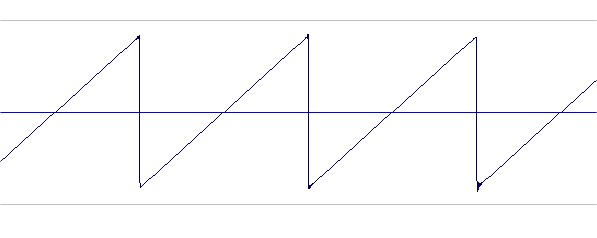solderdude
Grand Contributor
don't use music but an artificial signal.
Go to this website:
https://onlinetonegenerator.com/
click on the button 'sawtooth'
then on the blue 'save' button and you can save a 440Hz sawtooth file (wav format).
play it on the E30 and record that on the 0202.
Then look at the waveforms (zoomed in) with something like Audacity.
The rising edges should be going into the same direction (rising or downward sloping)
a pointless excercise though as all 2009 will have correct polarity.
Go to this website:
https://onlinetonegenerator.com/
click on the button 'sawtooth'
then on the blue 'save' button and you can save a 440Hz sawtooth file (wav format).
play it on the E30 and record that on the 0202.
Then look at the waveforms (zoomed in) with something like Audacity.
The rising edges should be going into the same direction (rising or downward sloping)
a pointless excercise though as all 2009 will have correct polarity.




